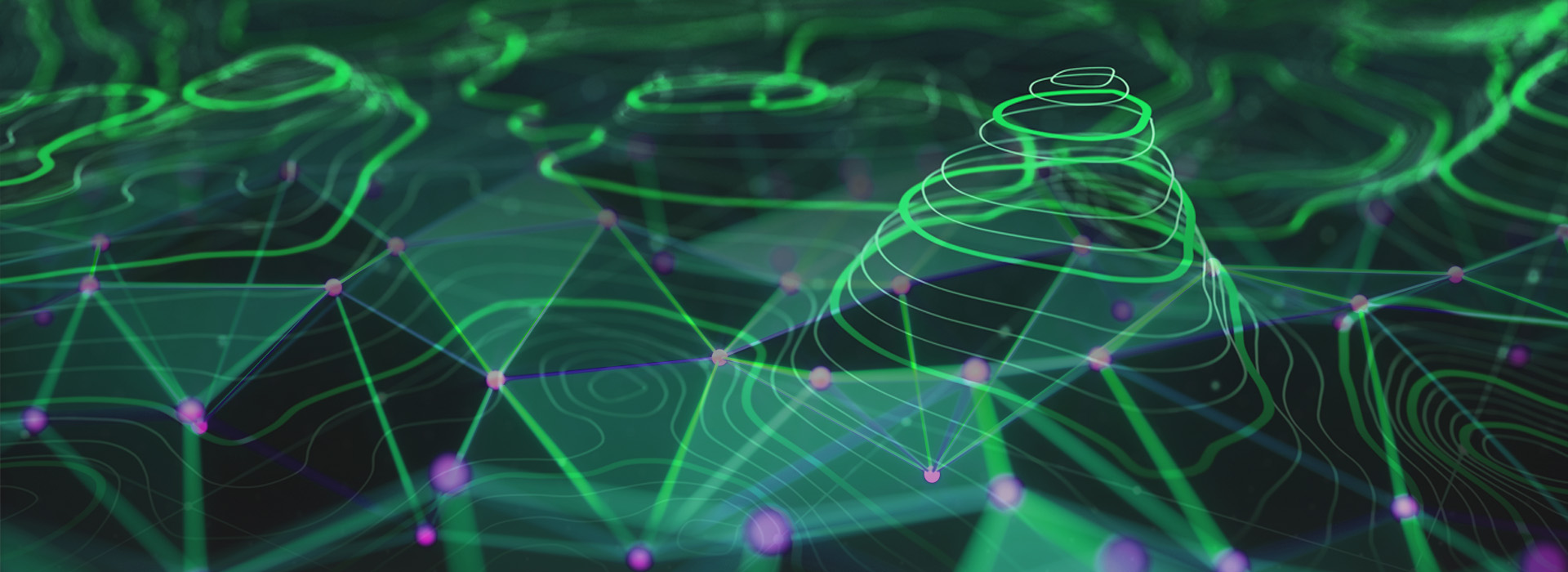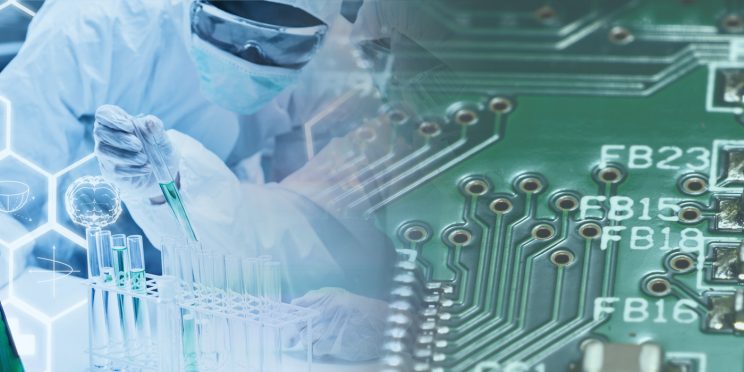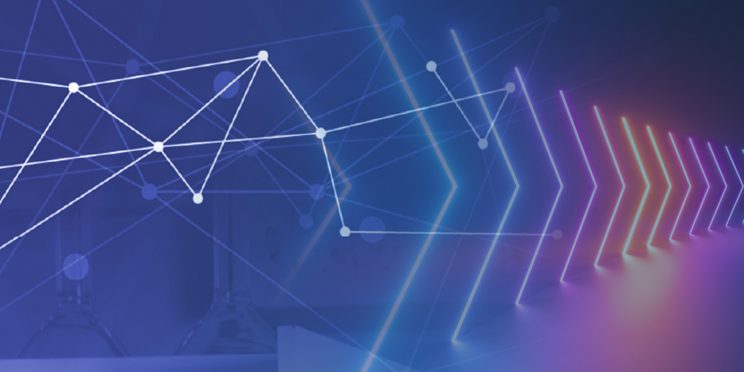This webinar originally occurred on May 3, 2022
Duration: 1 hour
Overview
Terrestrial LiDAR scanning devices (also known as terrestrial laser scanning devices, TLS) acquire complex geometric data that capture a three-dimensional representation of a scene. This technology can be used to accurately document or “reconstruct” scenes from large-scale (e.g., scene documentations of roadways or arenas) to small-scale, detailed applications (e.g., bloodstain pattern analysis, height analysis, vehicle dimensions). Although the use of this technology is increasing in criminal justice applications, no standardized, vendor-neutral guidelines for use are currently available for end users. The National Institute of Justice (NIJ), in partnership with the Forensic Technology Center of Excellence, convened the Terrestrial LiDAR Scanning Working Group to create consensus-based best practices to standardize and improve the use and application of TLS in scene documentation and reconstruction.
This guidance document, Guidelines for the Use of Terrestrial LiDAR Scanners in Criminal Justice Applications, intends to establish a minimum standard for capturing, processing, analyzing, visualizing, presenting, and storing TLS data in a forensic context. This resource was built to promote uniform implementation and use of TLS technology in practice. This will ultimately improve the practitioners’ ability to attain scientifically supportable conclusions from TLS data, ensure effective quality management procedures, and improve presentation of this information to stakeholders, including law enforcement, investigators, and the courts (e.g., prosecutors and defense attorneys, judges, and juries).
This webinar will provide a general overview of TLS technology and its value in criminal justice applications, explain the process of creating these guidelines, and walk the audience through key takeaways of the guidance document.
Detailed Learning Objectives
- Attendees will understand basic principles of terrestrial LiDAR scanning and the value it can bring to criminal justice applications.
- Attendees will learn why NIJ’s Terrestrial LiDAR Scanning Working Group was assembled and how they are working to address gaps that limit uniform implementation and use of TLS technology in practice.
- Attendees will understand key insights developed through the guidance document creation process.
Presenter
- Michael Russ, M.S. | Lead Crime Scene Specialist, San Bernardino County Sheriff’s Department
Funding for this Forensic Technology Center of Excellence webinar has been provided by the National Institute of Justice, Office of Justice Programs, U.S. Department of Justice.
The opinions, findings, and conclusions or recommendations expressed in this webinar are those of the presenter(s) and do not necessarily reflect those of the U.S. Department of Justice.
All Forensic Technology Center of Excellence webinars are archived and will be posted on our website within two weeks of their live date.
Contact us at ForensicCOE@rti.org with any questions and subscribe to our newsletter for notifications.




